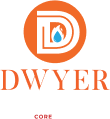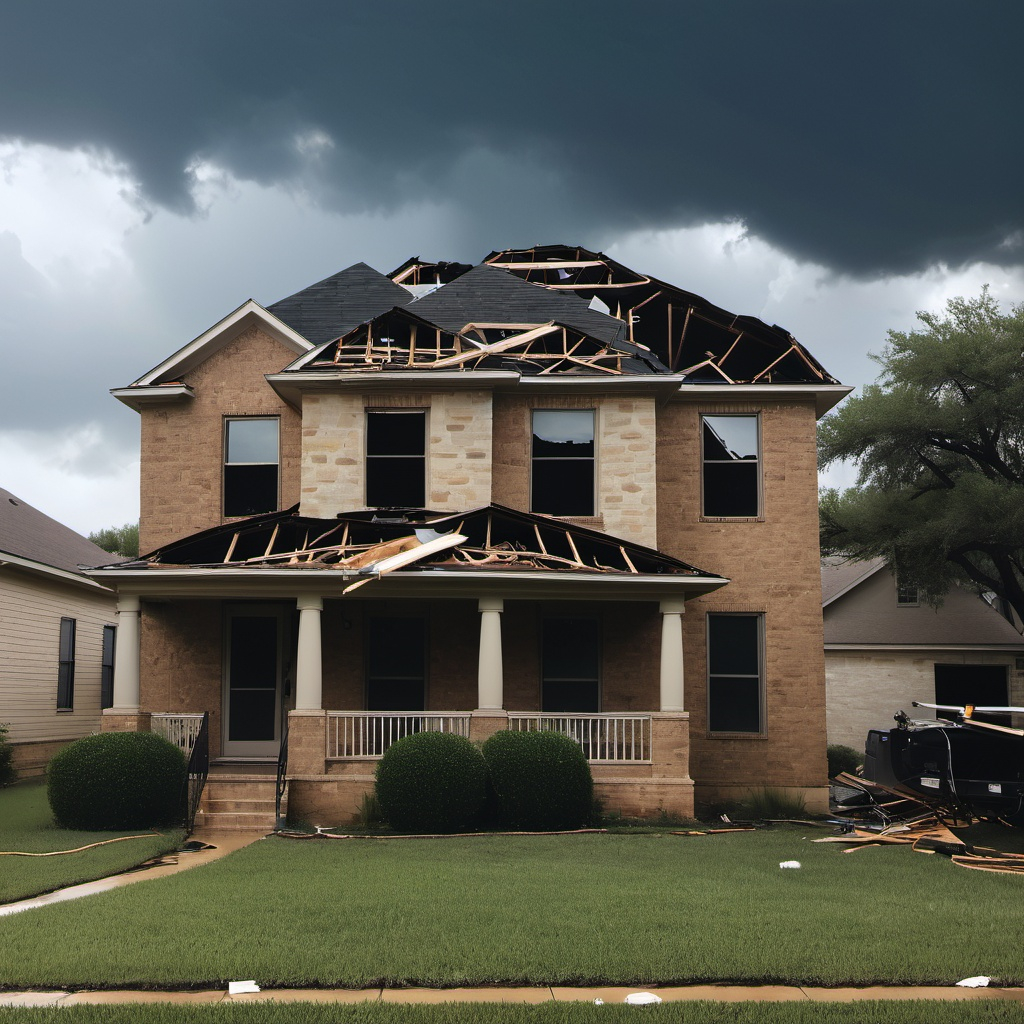Storms can hit without warning, leaving behind a trail of damage to your home and property. Whether it’s a hurricane, tornado, or severe thunderstorm, the aftermath can be both devastating and overwhelming. From broken windows and flooded basements to roof damage and uprooted trees, it’s essential to act quickly when restoring your home. If you find yourself dealing with the destruction left behind by a storm, here’s what you need to know about getting your home back in shape.
The first step in restoring your home after storm damage is to carefully assess the extent of the destruction. Depending on the severity of the storm, damage can vary from minor roof leaks to more serious structural problems. Walk around your property and look for any visible issues like missing shingles, fallen trees, broken fences, or water damage. Inside your home, check for any leaks, damaged ceilings, or water stains on the walls. Remember, even small signs of water intrusion can lead to bigger problems like mold if left untreated. Take detailed notes and photographs of everything, as this will be crucial when filing an insurance claim.
It’s important to stay safe while assessing the damage. Storms can leave behind dangerous conditions, like downed power lines, exposed wires, or unstable structures. If you’re unsure about the safety of any area, avoid it and call a professional. Be especially cautious around waterlogged areas, as standing water can be contaminated or pose an electrical hazard. In these situations, turning off the electricity at the breaker can help prevent potential accidents.
Once you’ve documented the damage, contact your insurance company as soon as possible. Storm damage is often covered under homeowners’ insurance policies, but the claims process can be lengthy. The sooner you initiate the claim, the sooner you can start repairs. Provide your insurance adjuster with the photos and detailed descriptions of the damage. They may send out an inspector to further evaluate the situation, but having a well-documented account of the destruction will make the process smoother.
While waiting for your claim to be processed, it’s time to think about temporary repairs to prevent further damage. For example, if your roof has been damaged, tarping over any exposed areas can help keep out rain and debris. Likewise, if windows are broken, boarding them up can prevent additional weather-related damage or unauthorized entry. These temporary fixes don’t have to be perfect, but they will help safeguard your home from worsening conditions while you wait for permanent repairs.
At this point, many homeowners wonder whether they should take on the restoration work themselves or call in the professionals. While it’s tempting to handle small repairs on your own, storm damage can be tricky. Water damage, in particular, can be deceptive, seeping into walls, insulation, and flooring without showing immediate signs. If not handled properly, it can lead to mold growth or structural damage later down the line. In these situations, it’s best to call a storm damage restoration company near me. These professionals have the tools and experience necessary to identify and fix issues that might not be visible to the untrained eye.
Professionals can also help with water extraction, drying, and dehumidifying areas of your home that may have been impacted by flooding. These tasks are essential for preventing further damage and ensuring your home is safe to inhabit. Additionally, if your home’s structural integrity has been compromised, you may need a full assessment to ensure it’s still stable. Restoration companies can often provide this service and make recommendations for any major repairs or reconstruction that might be needed.
Aside from the immediate repairs, there are also long-term considerations to keep in mind after a storm. Roofs, for example, can develop leaks over time if even small areas are left untreated. Similarly, water-damaged areas might seem dry on the surface but can harbor moisture deep within walls or floors. For this reason, ongoing monitoring of the areas that sustained damage is crucial. You may want to schedule follow-up inspections or invest in moisture sensors to detect any hidden issues before they escalate.
Once the major repairs are completed, there’s also the matter of restoring your home to its original condition—or better. This may involve replacing flooring, repainting walls, or installing new windows. If any part of your home needs significant reconstruction, be sure to work with a licensed contractor who can handle the scope of the work. While the priority is making your home safe and functional again, this can also be an opportunity to upgrade certain features, such as installing impact-resistant windows or a more durable roof.
Finally, preparing your home for future storms is a step that many homeowners overlook in the restoration process. Consider taking measures to better protect your home from future weather events. This might include reinforcing your roof, installing storm shutters, or even landscaping changes that can help divert water away from your home. Additionally, reviewing your homeowners’ insurance policy to ensure you have adequate coverage for future storm events can provide peace of mind.
Dealing with storm damage is undoubtedly stressful, but taking the right steps early on can make all the difference in the restoration process. With careful planning, the help of professionals, and attention to detail, your home can be restored to its pre-storm condition—or even improved to better withstand whatever the weather brings next.









